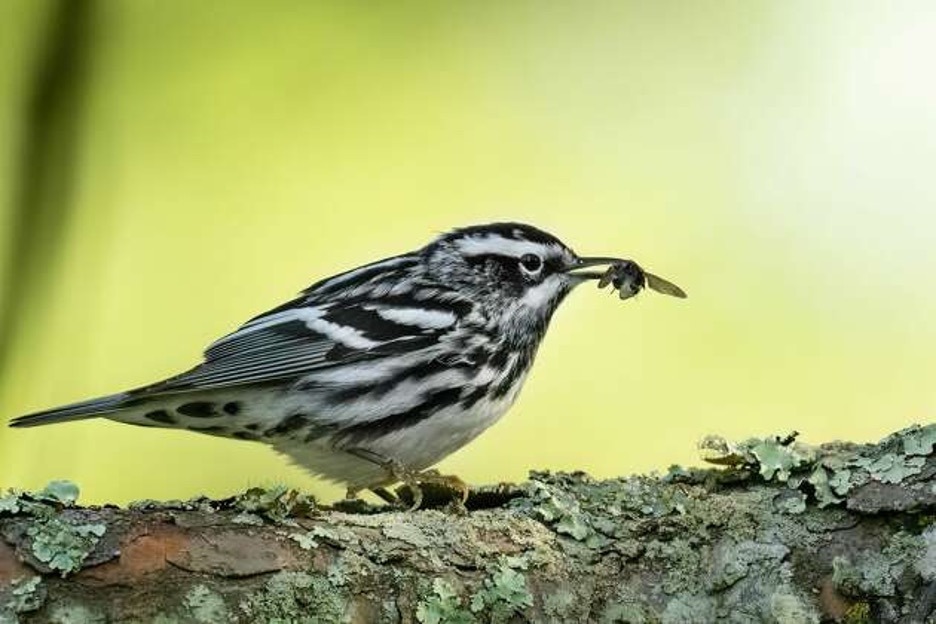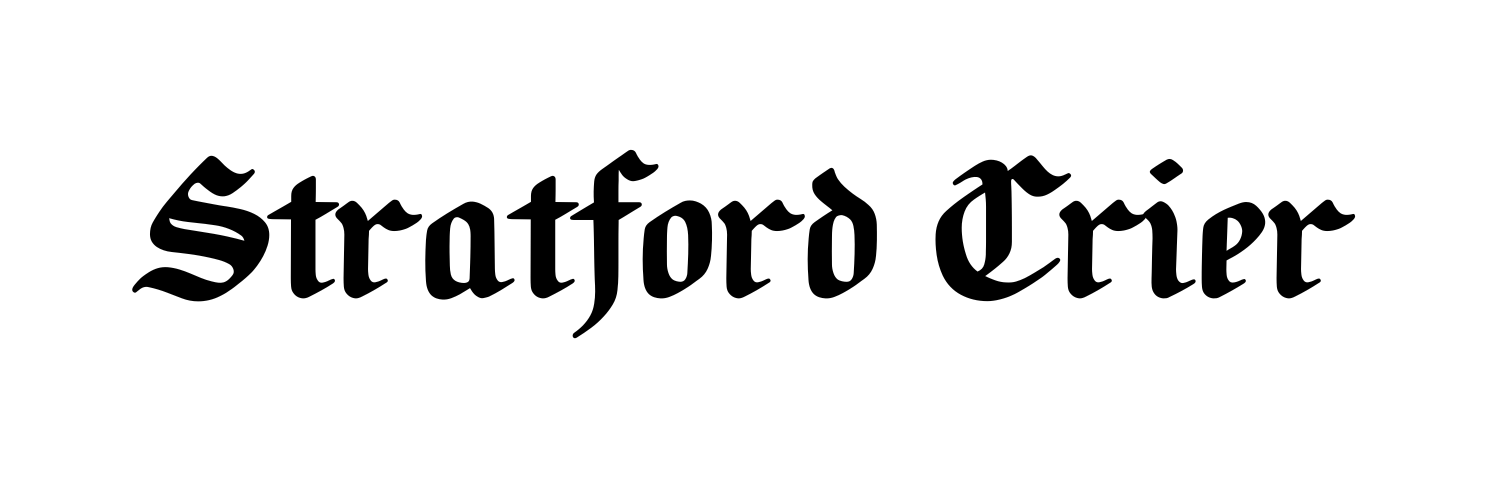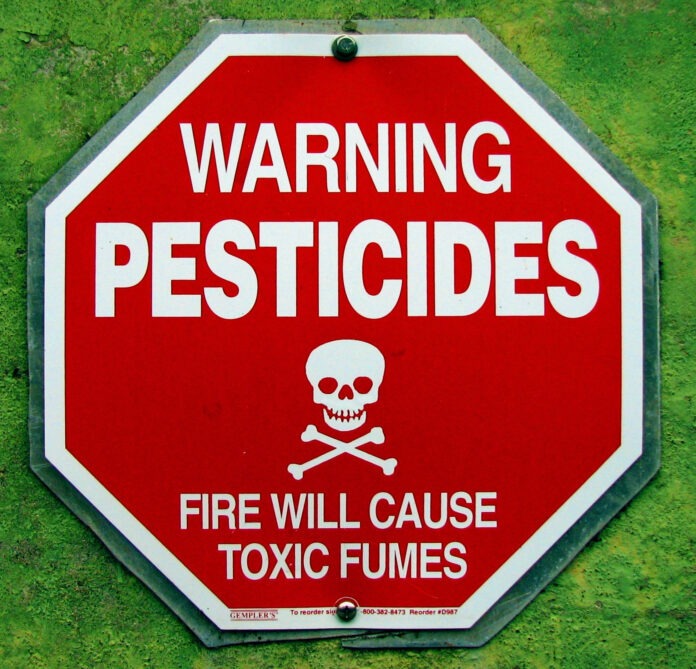By Barbara Heimlich
Editor
Sources: Viktoria Sundqvist, CTNewsJunkie; Audubon Society’s Annual Report, Connecticut State of the Birds** 2024** ; Leavenworth, Staff Writer Hearst CT Media
A widely used pesticide in Connecticut is “the new DDT,” devastating the state’s birds, bees and butterflies, according to the Connecticut Audubon Society’s annual report. The Society is urging the General Assembly to take immediate action to enact stricter regulations on its use.
“This isn’t just about rare or obscure birds,” said Connecticut Audubon Executive Director Joyce Leiz. “Neonics are putting our everyday birds – the robins, bluebirds, and swallows we see in our yards and fields – at serious risk.”

Neonics – short for neonicotinoid pesticides – were developed in the mid 1990s and are often sprayed on lawns and golf courses and are used to coat seeds to keep crops like corn pest-free. However, the synthetic insecticide is 7,000 times more toxic than DDT and is one of the main reasons the state’s bird population has declined, the Audubon Society says in its recently released Connecticut State of the Birds 2024 report.
Neonics came on the market in the 1990s and are now pervasive in U.S. agriculture. Almost all of the corn and soybean seed sold in the country is treated with neonics, which leaches into the soil and waterways. In Connecticut, about 800 million silage corn seeds are planted each year, and all are treated with neonics, according to Louise Washer, president of the Norwalk River Watershed Association and head of its offshoot, Pollinator Pathways.
Neonics have been banned for consumer use in Connecticut, and only licensed professionals may apply the pesticides. The report calls for the General Assembly to significantly reduce neonic use to protect birds, pollinators and the environment. The report highlights regulations in neighboring states such as New York and Vermont as models for Connecticut to follow. New York, for example, bans the outdoor use of neonics, and starting in 2029, the state will allow the use of treated seeds, but only if farmers verify the need.
“We need to catch up with our neighbors and protect our natural heritage. The time to act is now, before we lose more of the birds that make Connecticut so special,” said Leiz.
Neonics are the biggest threat, decimating insect populations, depriving birds of a critical food source, particularly during the breeding season when they need to feed their young, officials said. Pesticides can also hurt the birds’ immune system and ability to navigate, and pollinators like bees and butterflies are negatively affected by neonics.
Lawmakers considered a bill in the spring of 2024 to limit use of neonics, and considered a bill in 2023. The National Resource Defense Council testified the legislature should make “sensible restrictions on these harmful chemicals.”
The Audubon Society’s report recommends a new law in 2025 to reduce neonic use on lawns, golf courses, and in agriculture, and to improve public access to data on neonic use as well as increasing public awareness, advocacy and policy changes.
Neonicitinoids are far more toxic than DDT — the crystalline solid (dichlorodiphenyltrichloroethane) that was banned in 1972 due to decimation of bald eagles, ospreys and other birds in the state and nation — the Audubon Society reported in 2024 Connecticut State of the Birds Report.
Even low levels of neonic exposure can harm birds, affecting immune systems, fertility and navigation and causing weight loss during migration, the report says. The pesticides also kill beneficial pollinators and aquatic insects, Connecticut Audubon reported.
Although bills introduced this year and in 2023 to further restrict neonics have not gone forward, environmental advocates will push again in 2025 for a state law limiting use of the pesticides, the report says.
“While the state Department of Energy and Environmental Protection has not yet reviewed the full State of the Birds report,” DEEP spokesperson Will Healey said, “we look forward to providing feedback on any proposed legislation. On this issue generally, DEEP supports reducing neonicotinoid use to help protect pollinators such as bees and other native insects which play a critical role in keeping our ecosystems healthy by pollinating plants and also serving as food sources for birds and other animals,” Healey continued.
Research has linked neonics to significant declines in bird populations, particularly among aerial insectivores and grassland birds. Especially vulnerable birds in Connecticut include eastern bluebirds, American robins, bobolinks, chimney swifts, barn swallows and red-winged blackbirds, according to the Audubon report.
North America’s bird population has declined by 30 percent in the past 50 years, according to the Connecticut Audubon Society. Causes include loss of habitat, predation by feral and outdoor cats and window collisions.
“However, the most silent, and possibly most torturous, killer is not as well known: pesticides,” Hardy Kern, the American Bird Conservancy’s director of government relations, wrote in the Connecticut Audubon report.
Annual bird deaths from pesticides nationwide are estimated at 65 to 72 million, but those numbers are only for deaths from acute toxicity and do not account for birds that become lethargic, immobile and lost, making easy targets for predators, the report says. Neonic-poisoned birds also fly into objects when their wings do not work correctly, Kern wrote.
The numbers of acute poisoning deaths do not account for generational impacts on birds that cannot find enough insects to survive, he wrote. One pair of chickadees raising babies in spring needs 6,000 to 9,000 caterpillars. Neonics kill caterpillars, along with bumblebees and other bee species, monarch and swallowtail butterflies, beetles and lightning bugs, according to the report.
“We are worried about the birds whose populations are falling dramatically,” the report says. “But we’re also worried about the birds that still seem to be OK. Connecticut residents don’t want to find out in 30 years that the bird population has fallen by 30 percent again and that one of the causes was pesticides.”
Connecticut does not keep easily accessible records on the amount and locations of neonics being used in the state, the report says, but the state has about 300,000 acres of turf grass in lawns, parks, cemeteries, sports fields and golf courses and about 24,000 acres of corn are planted annually.
“By passing a stronger neonics law in 2025,” the Audubon Society report says, “Connecticut can vault itself back among the region’s environmental leaders, a position that its residents expect and strongly support.”

